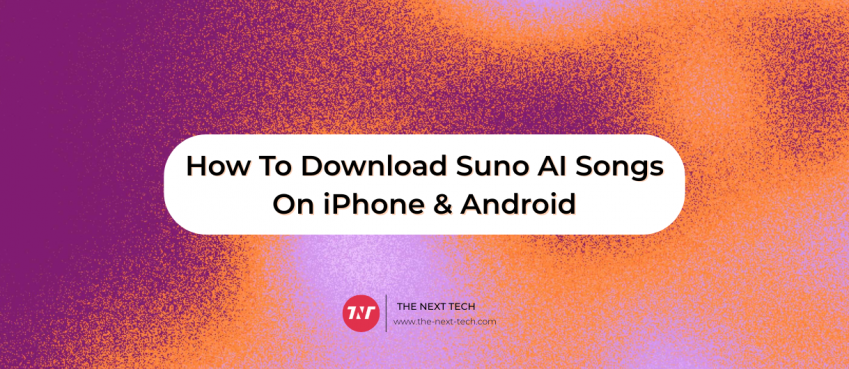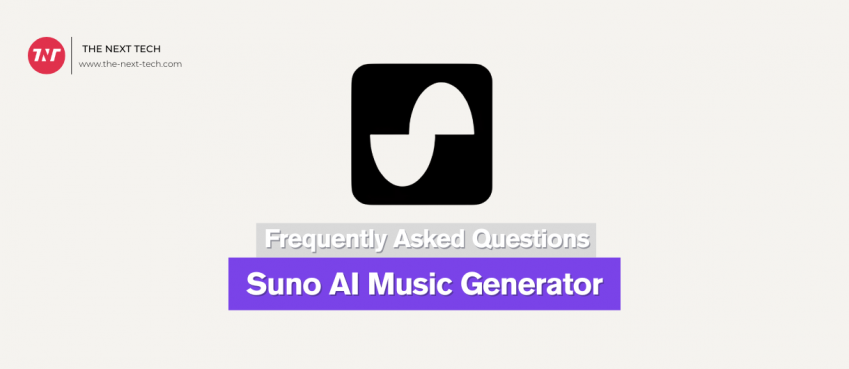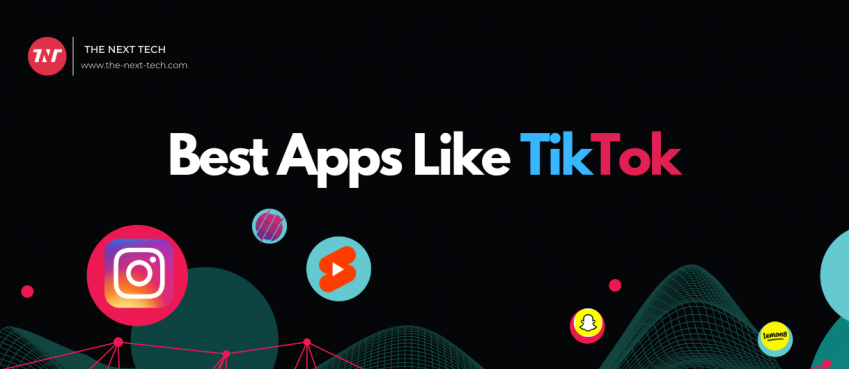
In today’s digital age, mobile apps have become essential to most businesses regardless of the niche they operate in. However, creating a mobile app is not enough for a company to succeed; it must be well-designed to succeed. This is where mobile application design services come in. Let’s explore the business case for investing in UI/UX design for your mobile app and why working with a professional design service can significantly benefit your business. Discover how investing in UI/UX design can help drive user engagement and customer satisfaction and ultimately increase revenue.
What Does UX Design Mean in a Mobile App?
User experience (UX) design in a mobile app refers to designing and optimizing the user’s overall experience and satisfaction while using the app. It includes all aspects of the app’s usability, functionality, accessibility, and visual appeal. UX design is aimed at making an app easy to use, intuitive, and enjoyable for the user.
In today’s highly competitive mobile app market, it’s essential to prioritize UX design to create a successful and sustainable application. And here are some reasons explaining the situation:
- A well-designed app with a positive user experience can increase user satisfaction and retention rates. As per the study, if a brand offers a mobile user experience deemed ‘helpful,’ 90% of smartphone users are inclined to make a repeat purchase;
- An app that is easy to use and provides a seamless experience can increase user engagement and time spent on the app. This can lead to higher conversion rates and, ultimately, more revenue;
- Investing in UX design from the start can save businesses money in the long run by avoiding costly app redesigns and bug fixes caused by poor usability;
- A well-designed app with a great user experience can give businesses a significant competitive edge in the market.
Biggest Differences Between Mobile and Desktop Development
Mobile and desktop development are two distinct forms of software development with unique features and requirements. The most significant differences between the two can be summarized as follows:
- Screen size and form factor – Mobile devices typically have smaller screens and varying form factors, such as phones, tablets, and wearables, which require developers to design interfaces optimized for different screen sizes;
- User interaction – Desktop apps primarily rely on mouse and keyboard input, while mobile apps use touch, gestures, and voice commands, which require developers to consider different input methods;
- Performance and battery life – Mobile devices have limited resources and battery life, so developers need to optimize their code to run efficiently and minimize power consumption;
- Platform diversity – Desktop development is typically limited to a few operating systems, such as Windows, macOS, and Linux, while mobile development must consider multiple platforms, including iOS and Android;
- App store distribution – Mobile apps are typically distributed through app stores, which require developers to adhere to strict guidelines and policies, whereas desktop apps can be installed directly from a website or other source.
What Factors Behind Successful App Designs?
According to a study, design plays a critical role in the success of a mobile app, as 85% of the time spent on smartphones is finished using apps. A well-designed app not only attracts users but also keeps them engaged and encourages them to continue using it. Here are some factors that contribute to the success of mobile app designs:
- User-centered design – A successful app should prioritize user needs, preferences, and behaviors. User research and testing should be conducted to ensure that the app’s design aligns with user expectations;
- Consistency – A consistent design across all app screens and functions can enhance user experience and increase user engagement. Consistency in design can help users navigate the app with ease and reduce confusion;
- Simplicity – A simple and intuitive design can make the app easy to use and understand. Avoid clutter and unnecessary features that can overwhelm or confuse users;
- Visual appeal – A visually appealing design can attract and retain users. The use of color, typography, and imagery should be consistent with the app’s branding and purpose;
- Performance – App performance is critical to user satisfaction. The design should prioritize functionality and fast loading times to reduce user frustration and increase engagement;
- Accessibility –The app design should be accessible to users with different abilities, such as those who are visually impaired. Consideration should be given to font size, contrast, and alternative image text descriptions.
By considering these factors, mobile application design services can create successful app designs that meet user needs, attract and retain users, and drive business growth.
Top 10 News
-
01
[10 BEST] AI Influencer Generator Apps Trending Right Now
Monday March 17, 2025
-
02
The 10 Best Companies Providing Electric Fencing For Busines...
Tuesday March 11, 2025
-
03
Top 10 Social Security Fairness Act Benefits In 2025
Wednesday March 5, 2025
-
04
Top 10 AI Infrastructure Companies In The World
Tuesday February 11, 2025
-
05
What Are Top 10 Blood Thinners To Minimize Heart Disease?
Wednesday January 22, 2025
-
06
10 Top-Rated AI Hugging Video Generator (Turn Images Into Ki...
Monday December 23, 2024
-
07
10 Top-Rated Face Swap AI Tools (Swap Photo & Video Ins...
Friday December 20, 2024
-
08
10 Exciting iPhone 16 Features You Can Try Right Now
Tuesday November 19, 2024
-
09
10 Best Anatomy Apps For Physiologist Beginners
Tuesday November 12, 2024
-
10
Top 10 Websites And Apps Like Thumbtack
Tuesday November 5, 2024







